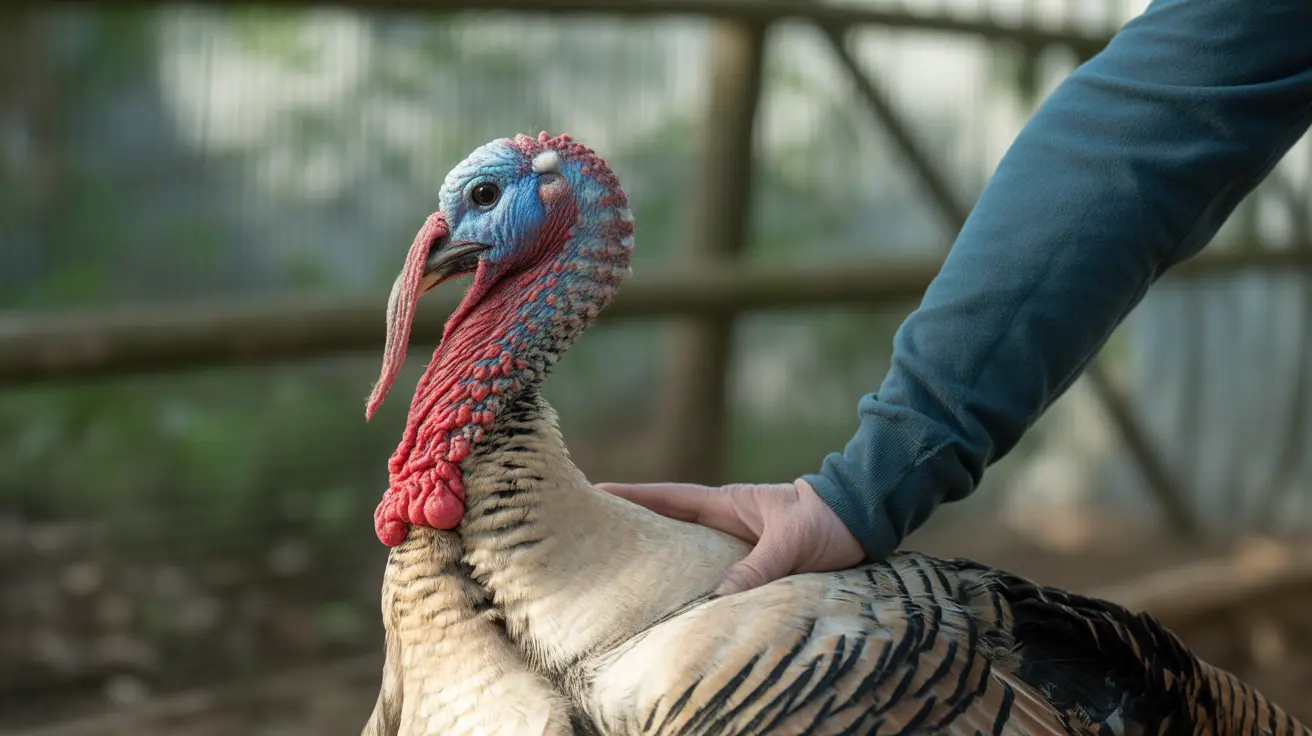Understanding the 3-3-3 Rule for Cats After Adoption
The 3-3-3 rule is a helpful guideline for pet adopters, particularly those bringing home a new cat from a shelter, rescue, or foster environment. It summarizes what many behaviorists and veterinarians observe: animals need time and support to adjust to a new home. For cats, this transitional process is crucial for building trust and ensuring long-term success in their new lives.
What Is the 3-3-3 Rule?
The 3-3-3 rule outlines three phases a newly adopted cat typically experiences:
- 3 days to decompress: The initial phase where your cat may hide, avoid interaction, or show fear or confusion.
- 3 weeks to learn routines: The adaptation phase where the cat begins to feel more secure, discovers frequently used spaces and areas, and learns household routines and rules.
- 3 months to feel at home: The final phase when the cat begins to truly trust their new environment and bond with their humans as permanent family members.
Phase 1: The First 3 Days – Decompression
During the first few days, your adopted cat is experiencing a massive life change. Even in the best circumstances, this period can cause stress and anxiety. You may observe:
- Hiding or withdrawing under furniture or in small spaces
- Lack of appetite or reduced drinking
- Minimal interaction or vocalization
- Fearful behaviors like hissing or flinching
It’s vital to create a quiet, comfortable environment. Offer food and water nearby, but don’t force interactions. Let your cat explore when it feels safe. Provide a warm, safe hiding space and ensure there are litter boxes in accessible locations.
Phase 2: The First 3 Weeks – Exploration and Adjustment
By week two or three, your cat will begin to:
- Explore more confidently around the home
- Display curiosity toward household sounds or activities
- Begin recognizing routines, such as feeding times or family patterns
- Show early signs of personality traits, like playfulness or affection
This is the time to establish love and structure. Start brief play sessions, introduce basic routines like mealtimes and play, and gently handle your cat daily to build familiarity. Socialization should be slow and tailored to the cat’s comfort level. Meeting other pets or family members should be gradual and supervised.
Phase 3: The First 3 Months – Integration and Bonding
By the three-month mark, many cats become:
- Comfortable and interactive with their human family
- Confident roaming the home
- Route-followers of feeding, play, and rest
- Engaged through toys and bonding activities
Although this time frame may vary based on the cat’s history, personalities, and prior trauma, it is during this phase cats generally settle into their role as a new pet. Behavioral issues should begin to diminish. If they don’t, it may be time to consult with a vet or behaviorist to address possible ongoing stress, fear, or medical concerns.
Key Tips for Supporting Your Cat Through the 3-3-3 Stages
- Be patient and move at their pace: Never force contact or activity, especially early on.
- Stick to routines: Cats feel secure when life is predictable.
- Use positive reinforcement: Treats, soft voices, and gentle praise build trust.
- Offer enriching opportunities: Scratch posts, hideouts, and toys help stimulate your cat’s mind and body.
- Monitor health and wellness: Track eating, litter box use, and grooming. Contact a vet for any concerns.
Signs Your Cat Is Settling In
While each cat varies, watch for these positive indicators of adjustment:
- Active grooming and exploration
- Seeking attention or responding to petting
- Consistent appetite and bathroom habits
- Interaction with toys or play
- Comfortable body posture and relaxed sleeping
When the 3-3-3 Rule Takes Longer
Cats with traumatic pasts, prolonged shelter stays, or medical conditions may take longer to settle. Don’t be discouraged. Some cats may take six months or more to feel truly “at home.” In these cases:
- Consult a veterinarian to rule out illness
- Consider working with a feline behaviorist
- Adjust your expectations and let the cat dictate pace
Final Thoughts
The 3-3-3 rule is a framework designed to remind adopters that trust and comfort don’t happen overnight. By managing expectations and providing patience, understanding, and care, you give your new feline companion their best chance at a successful transition and happy life. With time, your cat will reveal their unique personality and enrich your life in return.





